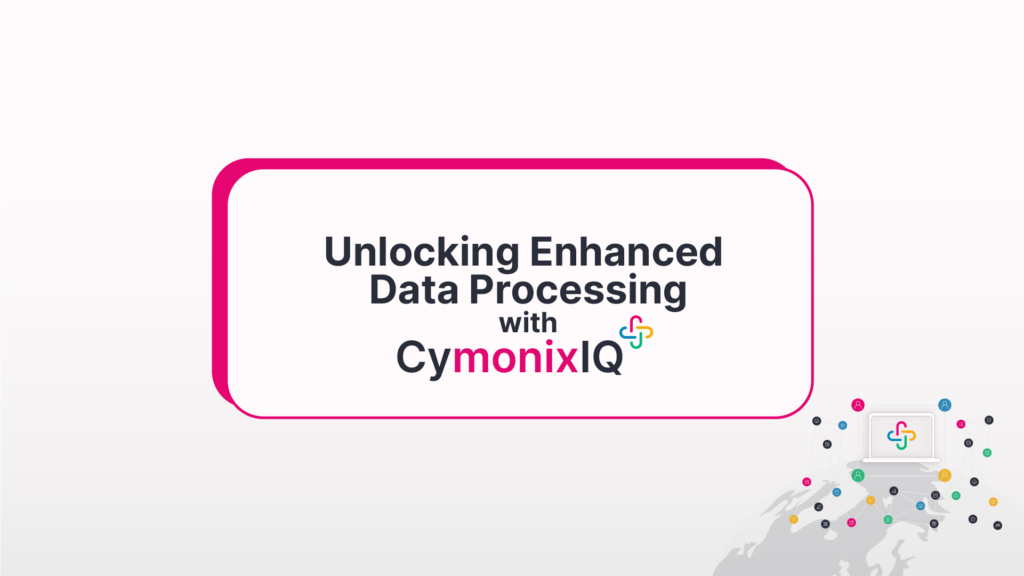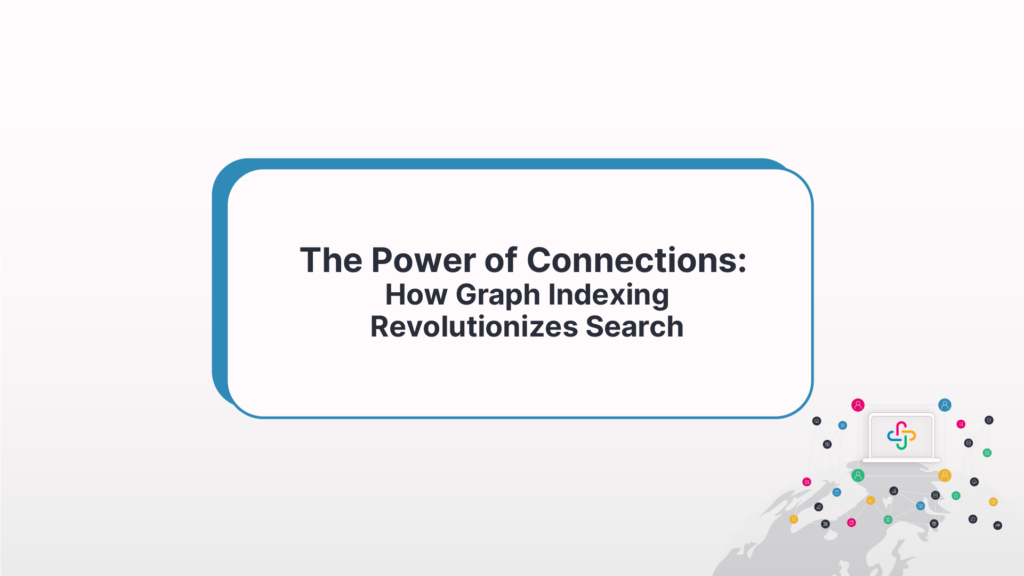Unveiling the Power of Predictive Analytics: A Graph-Based Approach
- Bill Palifka
- January 24, 2024
In the realm of data science, Predictive Analytics stands as a beacon of innovation, enabling organizations to anticipate future trends, behaviors, and outcomes. One of the key technologies propelling the efficacy of Predictive Analytics is the use of graph structures. In this blog post, we’ll explore the concept of Predictive Analytics and delve into how graphs enhance its capabilities.
Understanding Predictive Analytics
Predictive Analytics involves the use of statistical algorithms and machine learning techniques to analyze historical data and make predictions about future events. It goes beyond descriptive analytics by providing organizations with insights into what might happen next, allowing them to proactively plan and strategize.
The Role of Graph Structures in Predictive Analytics
Relationship Mapping
Graphs excel at representing relationships between entities. In the context of Predictive Analytics, this means mapping out connections between various data points. For example, in a social network graph, nodes could represent individuals, and edges could signify relationships. Analyzing these relationships can reveal patterns and predict future connections or interactions.
Identifying Patterns and Trends
Graph-based analytics is adept at identifying intricate patterns and trends within interconnected data. By representing data as nodes and edges, patterns that might be obscured in traditional tabular structures become more apparent. This is particularly valuable in industries such as finance, where predicting market trends relies on understanding the complex relationships between various factors.
Path Analysis and Optimization
Graphs enable the analysis of paths or sequences of events. In predictive maintenance, for instance, understanding the sequence of events leading to equipment failure can help organizations predict when maintenance is needed, optimizing operational efficiency.
Community Detection
Graphs facilitate the identification of communities or clusters within a dataset. This can be applied in various fields, such as identifying customer segments in marketing. Predictive Analytics using graphs can foresee potential shifts in customer preferences within these communities.
Fraud Detection and Anomaly Detection
Graph-based models are highly effective in fraud detection. By modeling relationships and transaction flows, organizations can identify anomalies that may indicate fraudulent activities. This approach is crucial in industries like banking and e-commerce.
Case Study: Revolutionizing Healthcare with Graph-Based Predictive Analytics
Let’s explore how a healthcare organization leveraged graph-based Predictive Analytics to enhance patient outcomes:
- Disease Prediction: Graph analysis of patient records allowed XYZ Healthcare to predict potential disease risks based on familial and medical history.
- Optimized Treatment Plans: Understanding the relationships between different treatment options and patient responses enabled personalized and optimized treatment plans.
- Resource Allocation: By analyzing the network of interactions between medical staff, equipment, and patient outcomes, XYZ Healthcare improved resource allocation, ensuring timely and effective care.
Conclusion
Predictive Analytics, empowered by graph structures, is reshaping the way organizations interpret and leverage their data. The ability to capture complex relationships, identify patterns, and foresee future trends positions graph-based Predictive Analytics as a cornerstone in the era of data-driven decision-making. As businesses strive for a competitive edge, embracing this innovative approach becomes imperative for unlocking the full potential of predictive insights.



